BEIJING - Beijing is planning to build a web of ventilation corridors to facilitate air flow and blow away smog and pollutants, municipal authorities said on Saturday.

The five primary ventilation corridors are designed to be more than 500 meters in width. Some secondary corridors will be over 80 meters wide, said Wang Fei, deputy head of Beijing's urban planning committee.
The corridors will be created by connecting the city's parks, rivers and lakes, highways along with their green belts, as well as low building blocks.
The five major ventilation corridors largely run from the northern suburban areas to the south. One corridor will run through the central axis of Beijing from Taiping Suburban Park in the north, via the Olympic Park, the Temple of Heaven, all the way to the Beijing-Shanghai Highway in the southern end of the city.
In addition to the planned primary and secondary ventilation corridors, other smaller corridors will also be added to the system. Construction in these zones will be strictly controlled, and obstacles along the way will be gradually removed, Wang said.
Some Chinese cities, such as Shanghai and Fuzhou, have been building ventilation corridors to combat air pollution.
"Ventilation corridors can improve wind flow through a city so that wind can blow away heat and pollutants, relieving urban heat island effect and air pollution," Wang added.
Air pollution has become a major concern of residents in Beijing as the city saw the heaviest smogs of years in November and December, 2015, partly due to winter heating. Local residents routinely check air quality and wear masks, and many own air purifiers.
Beijing has taken measures to curb air pollution. In 2015, the city replaced coal fire power plants with cleaner energy, closed or limited the production of more than 2,000 polluting factories. It also initiated its first-ever air pollution red alert mechanism.
Air quality only improved marginally last year in the area around Beijing, data from the Ministry of Environmental Protection (MPE) suggests.
Beijing recorded 186 days of air quality "up to par" in 2015, 14 days more than the year before, according to statistics from the MPE.
The annual average density of PM 2.5 in Beijing, particulate matter that causes hazardous smog, stood at 80.6 micrograms per cubic meter, a year-on-year decrease of 6.2 percent, MEP said.

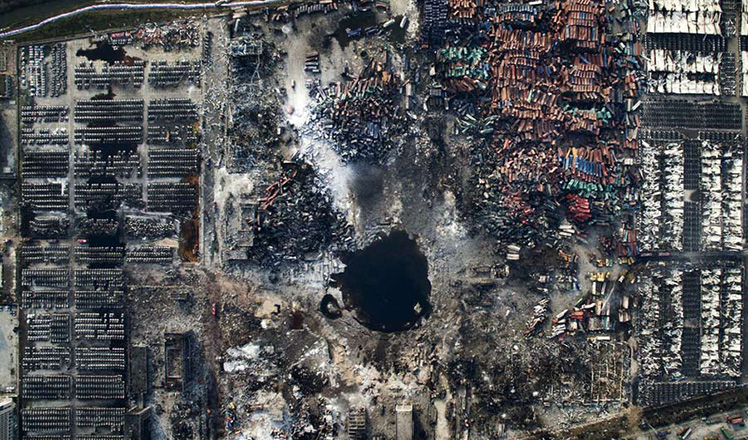
 Chinese photographers' work shines in major photo contest
Chinese photographers' work shines in major photo contest
 88th Academy Awards Governors Ball Press Preview
88th Academy Awards Governors Ball Press Preview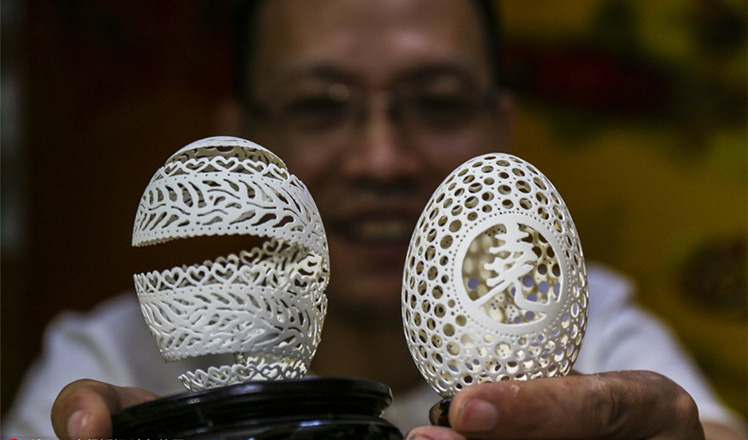
 Egg carving master challenges Guinness World Record
Egg carving master challenges Guinness World Record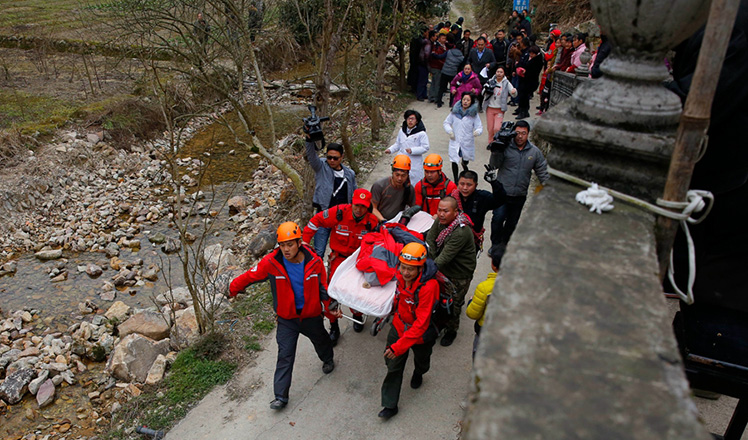
 Missing children found safe in nearby village
Missing children found safe in nearby village
 Madonna's world tour lands in Hong Kong
Madonna's world tour lands in Hong Kong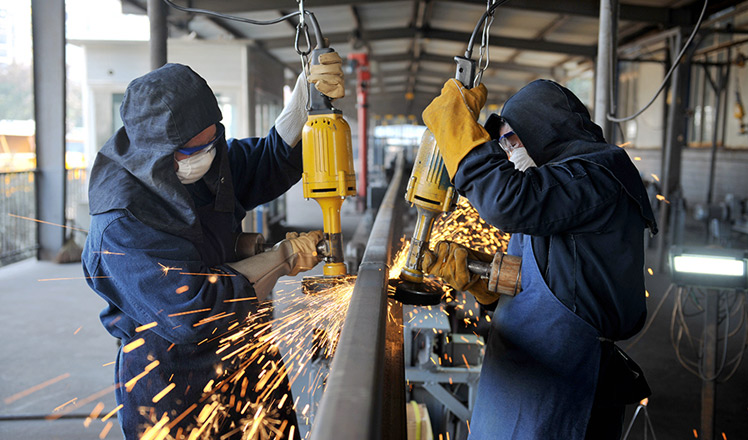
 Producing high-speed rail tracks
Producing high-speed rail tracks 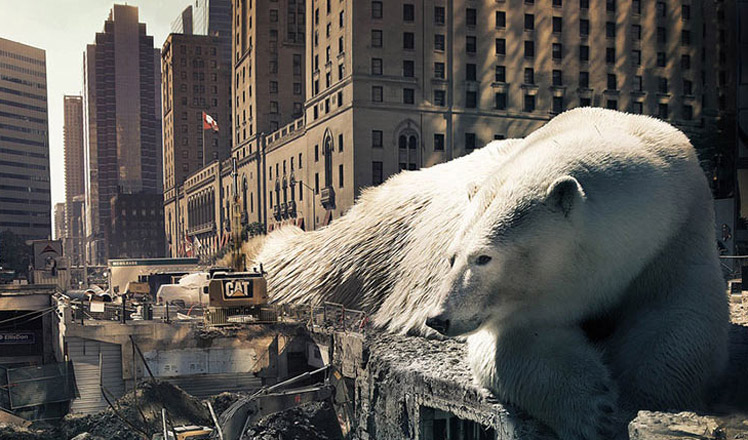
 Surreal world created by Canadian photographer
Surreal world created by Canadian photographer
 Lanterns light up the night across China
Lanterns light up the night across China















